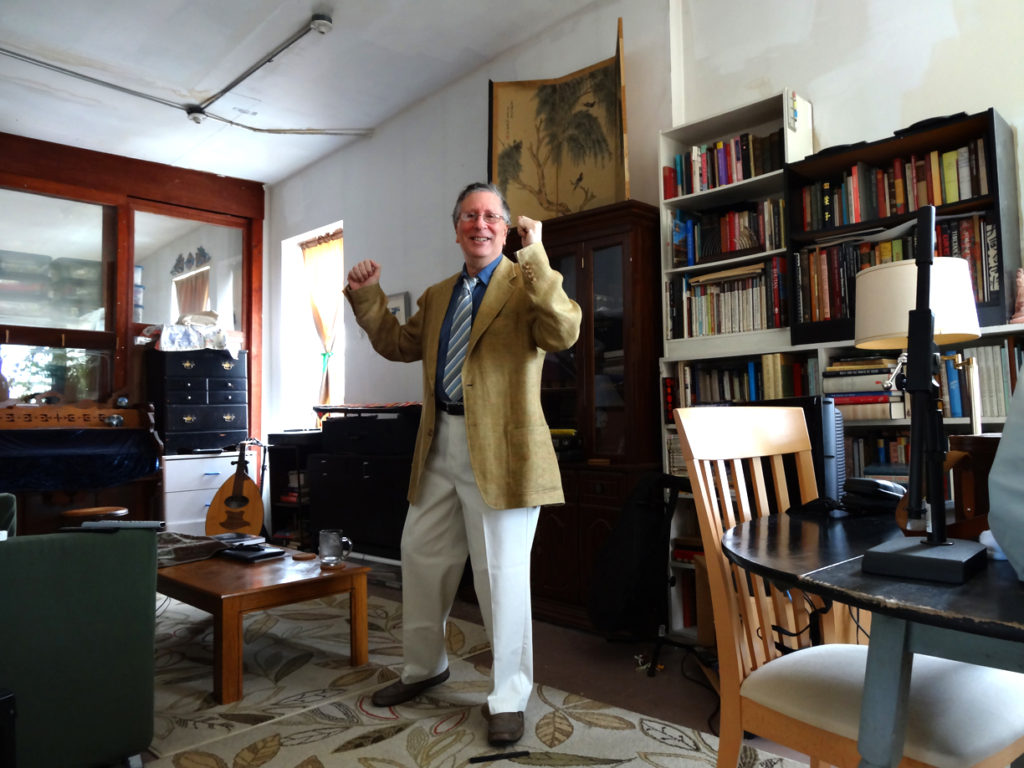 by Maria Damon and Murat Nemet-Nejat
by Maria Damon and Murat Nemet-Nejat
Alan Sondheim is a new media artist, musician, writer, and performer concerned with issues of virtuality and the stake that the real world has in the virtual. He has worked with his partner, Azure Carter, and the performer/ choreographer Foofwa d'Imobilité. Sondheim examines the grounds of the virtual and how the body is inhabited. Since January of 1994, Sondheim has worked on the "Internet Text," a continuous meditation on philosophy, psychology, language, body, and virtuality; the Internet Text is coordinated with multi-media work on various websites. A pioneer in the field of electronic literature, he coined the term “codework” to signify the multiple ways in which computer coding language itself becomes part of the diegetics of the immanent text. He performs in virtual, real, and cross-over worlds; his virtual work is known for its highly complex and mobile architectures. He has used altered motion-capture technology extensively for examining and creating new lexicons of behavior. His current work is centered around the phenomenology of terrorism and anguish, and their cultural expression.
Because Sondheim’s range is so wide, it can be approached from many perspectives and it reflects many obsessions, intellectual and aesthetic currents and traditions, and concepts of embodiment. Two colleagues coming from very different preoccupations—Murat Nemet-Nejat, poet and translator with an interest in the apocalyptic, and Maria Damon, scholar with an interest in the abject, the fringe, and the “wasted”—teamed up to ask Sondheim a few questions in relation to his work in general and to surge, a recent work, in particular.
Sondheim’s work can be viewed here:
surge text: http://www.alansondheim.org/surge.txt
email archive: http://sondheim.rupamsunyata.org/
music: http://www.espdisk.com/alansondheim/
most recent texts: http://www.alansondheim.org/tr.txt
http://www.alansondheim.org/ts.txt
http://www.alansondheim.org/tt.txt
http://www.alansondheim.org/tu.txt
Maria Damon opened with some basic and general questions about method and intent:
Maria Damon: I was first drawn to your work by the emotional rawness, the insightful and literary exposition of the abject. One of my favorite pieces of yours was the seemingly simple "Wath You," in which a series of simple repetitions were weirdly torqued by searching-and-replacing one vowel with another: "A hate you. A really really hate you. A love you. A lake you a lattle bat." That the complexities of a relationship could be captured in repetitive, minimalist vocabulary and an infantile level of exposition, combined with the defamiliarization of a vowel shift effected by a simple word-processing function, completely captivated me. At the time I didn't know you were a multi-faceted artist-writer-theorist. I thought you were some kind of anomalous eccentric, without context, an “outsider writer”; such is the strange world of listservs and online community. As I got to know your work I realized how it synthesizes many orders of being; for example, in one piece you transform actual dancers' duets into strangely dismembered Second Life gyrations, accompanied by music on a variety of manically played (by you) stringed instruments. The "live" iterations of your work—pieces in which you play your instruments, Azure Carter sings her trancelike dirges based on your work, and Foofwa D'Immobilité thrashes brilliantly on the floor—have always been my favorite, but I find exceptionally compelling your explanations of how you build the virtual work, layer by layer by layer.
So, in light of this background, can you say a bit about your relationship to the simple and the complex? A huge question, I know, but very basic.
Alan Sondheim: I'm not sure where to begin. Years ago, Victor Weisskopf wrote about the "quantum ladder," how different levels of reality might be somewhat analyzable as internally coherent—so for example, a great deal of chemistry can be done without considering particle physics. Herbert Simon wrote about "nearly decomposable hierarchies," thinking along parallel lines. So what might be complex on one level is simple on another; in computer programming, for example, there are higher level languages that coalesce or cover up the details of lower level ones (all the way down to the movement of electrons in integrated circuits). I tend to think this way, but I also bring into play the idea of the abject, the dissolution or corrosion of any of these schemes. The abject is entangled, tawdry, sleazy; it's the realm of death, of anguish, of sexuality, of slaughter and scorched earth policies. It's as if death and sexuality reared their heads (bad metaphor). The digital domain seems to me to be always already corporate, governed by protocols, and a clean and proper body; it's fetishized, tied to consumerism, to the clever, to fast-forward culture (the “surge” which is always ahead, which never looks back, which is the promise and premise of eternity), and so forth.
So I'm interested, if one might consider digital culture a kind of game space or mapping space, in the edge spaces that are always there, hidden. The digital manifolds, in other words, are leaky, full of holes, hackable; they're not closed. If you think of digital manifolds as so many objects presenting an appearance of closure, of totality, you might also think of their falling-apart, their ruptures, and it's the abject, which we inhabit, that is the subject and object of the manifolds. This is where complexity and entanglement, where liquidity and soft worlds, are manifest; they're found in the edge spaces and throughout the porous world/s. I work in these spaces, around virtual worlds, around coherent language and coherent coding. I'm frightened of them, have nightmares about them, am aroused by them, am horrified by the miseries of anguish and genocide, the meat/muscles/brains/organs/tissues of bodies; at the same time, sexuality, sports, hysterias, can rise to the level of exaltation within similar domains. In these areas complexity and simplicity break down altogether, not that they're entangled, but that the symbolic itself, the ability to construct and deploy language/s, no longer functions; one's left with the cry. The cry is at the center and periphery of my work; how can it be otherwise? There are issues around such, from the exterior, within other manifolds, issues about geopolitics, the environment, gender, representation, and so forth—the usual issues, but grounded or floated here around absolute darkness on one hand, and the illusory light of the digital on the other.
MD: Being a polymath, do you ever experience conflict between your many modes of artistic practice—playing music, writing words, designing visual effects—or are they seamlessly integrated for you? How do you layer a piece?
AS: This is a really good question, going to the heart of things. For me, every piece, whether writing or mixed-mode or music, is an open world; even in the music, there are always serious philosophical concerns which can be expressed that way. For example, the guzheng pieces are played on both sides of the bridges; one side is in-tune, and the other side supports the in-tune side. But that support also represents (as I wrote) a kind of abject musical field, which can undercut or form part of a “tonal sea” with the other; they're in dialogue, if not dialectic. That fascinates me, as to those precursor moments in dance or music when performers are “getting ready” to perform, and I've made films of them—they're not liminal, in-between, moments, but moments beforehand where the breath is held.
The same is true in my writing, whether I'm using computer programming or not—there's always a moment of entering the literary-philosophical thicket.
For me, then, these aren't separate modes, but moments that wash over one another, create skeins of associations. The images work the same for me—for example, with the guzheng, I had, at least in one piece, put up images of blood-red shelf mushrooms that were decaying, intensely; they'll survive that way through the winter! So there is form and abject exhaustion in their raggedness, but also hope!

There are also issues of available tech, which, as an independent writer/new media artist, I face constantly. Occasionally I'm given access to university equipment—the Cave at Brown (a 3-d immersive environment), motion-capture equipment at NYU and Columbia College Chicago, and, years ago, a whole host of virtual environment equipment at the West Virginia University in Morgantown. I'm grateful for these opportunities, but they don't last; as a result, I see my work as reliant on “available tech”; I try to work with whatever I'm given at a particular point in time. That’s limiting of course; for example, universities are moving towards immersive virtual reality with Oculus Rift and other technologies, and people I know are using these devices in virtual worlds. But because I have no access to these things, I find my research outdated in some ways—I can think of so many things I'd like to do! At least with writing, music, the imminence of virtual worlds, and codework programming, I can act somewhat on my own, and investigate writing, writing technologies, philosophy, and so forth, with limited means.
The modes of artistic expression, I want to emphasize, are really integrated for me. If I had access to an improvisatory real/virtual opera company, I'd be all set. So the work I do is deeply driven by what, for me, are “serious” concerns, and then the products/productions follow suit. (Most of the productions are stepping-stones, not finished pieces, but, like jazz solos, work always already in progress; there's a deep dynamics involved.)
MD: You're so torrentially productive, posting every day across a variety of online platforms, that it seems perhaps a bit strange to ask you the standard questions about having a creative practice, but I will. Is there such a thing as "inspiration" in your practice? Or is it anxious compulsion in the face of catastrophe? And how do you "go about it" on a daily basis? Do you think "I'm going to create x or y today" when you get up? How does the sitting-down-to-do-it come about?
AS: There's definitely inspiration. Most often I'm following a line that stems from thinking (or trying to think) philosophically; sometimes, for example with the virtual world work, I've been curious about, and experimenting with, “arrangements”—situations with extreme parameters, for example—attempting to see what will fly in terms of a new (virtual) physics or avatar behavior. This can be quite methodological. But at the bottom of this, there is definitely that “anxious compulsion in the face of catastrophe”—how can one make sense of this world of slaughter, overpopulation, extinctions, religious absolutisms, migrants, the rise again of totalitarian tendencies? I work towards and through these issues as best I can. I am also inordinately fearful of death, always feeling, as far back as I can remember, that I'm running on thin ice, that death is imminent and immanent, that if I have an idea or concept to think through, work upon, I should do it now.
On occasion dreams play a role; the piece/s I put up today, for example, are based on a dream I had, in which I asked our cat, who died six days ago, "dear ossi, today is the day you stop the wind"—and I began thinking about the artificial weathers in virtual worlds, how they blow things around, how that can be controlled. I wanted to see what the control felt like, when complexity overwhelmed weather, and I made works like these:
http://www.alansondheim.org/stopthewind06.jpg
http://www.alansondheim.org/stopthewind.mp4
I worked furiously at the stopthewind video; someone was coming over, and I needed to finish this! The whole thing from start to finish took only an hour. But the thought that went into it lasted all night, and before that, working elsewise with these themes.
If I'm working with music, it's very different; I'll practice at times for a long time, tuning an instrument (and some of the ones I play are difficult to tune), preparing to record it; if (rarely) programs are involved, I will still record live, if at all possible. The music, as I pointed out, also has philosophical implications for me, and I'll develop this in the playing, tuning, writing, program if I'm using one, etc. And I'll record in the middle of the night when everything is silent—when, to be a bit romantic, the world can speak through a dialogue with an instrument, myself, and as little as possible between.
Finally, the most difficult thing is always the writing; at times it uses code, and I have programs I've written that act as catalysts for thinking about things. I cull from the writing I've already done, rearrange things, create a discourse on the run, and use that text, as well as straight-forward somewhat philosophical descriptions of what I'm doing. I'm fearful of sounding naïve or ignorant, of going off-track, of not sufficiently understanding the mathematical concepts, for example, that influence me so much (geometries, categories, networks, logics, etc.). So the writing is really difficult for me; I hope I write things that might be read in the future as a kind of contribution to a certain kind of philosophical thinking, if any of my work survives at all. The writing is the interiority of everything I do.
And I write anytime, even at a local cafe; I bring a netbook or tablet with me for that, so I'm out of the house, so to speak, working in isolation in the midst of strangers, but taking comfort in their presence. The daily tasks Azure and I do drop away, the dialogue is made somehow simpler on a small and intimate screen.
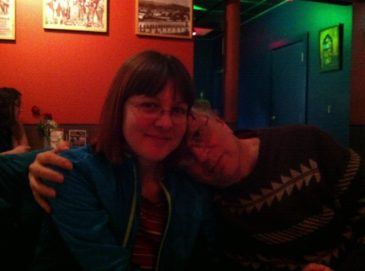
Azure and Alan
My work has always been driven by a sense of wonder, a sense of what-if? The “what-if” often involves the idea of edges, glitches, striding across barriers, just to see what will happen. This sense is also reflected in the images we take of fungi, in work I've done with very low frequency and crystal radios, and so forth. It's also involved in playing traditional instruments in new but respectful ways, in playing music as quickly as possible—what am I capable of doing? And it's where a real excitement lies for me; the fecundity of the world constantly makes itself felt in this regard.
I must add that I would not be able to do any of this without Azure Carter, my partner; together we have a dwelling, home, habitus, not an emptied space that would otherwise send me reeling with its harshness.
At this point, Murat Nejet-Nemat focused the interview on a particular, and recent, piece, surge; his questions come from a writer’s point of view. Both MD and MNN agree that metaphysical concerns are very much part of Sondheim’s work:
Murat Nemet-Nejat: I think its metaphysical dimension is essential to understanding your work in its totality, rather than as individual performances or acts. My intention in starting with the idea of the apocalypse was to show how exquisitely you are attuned to the movements in our time, and especially their nightmarish and farcical extremes—both the massacres in Syria and our electoral primary season being expressions of it. I see surge both as a reflector of and a visceral antidote to these conditions, both a victim and a Cassandra. In what follows, I use the words "apocalypse" and "rapture" deliberately because religious discourse is an integral part of events in the world, be it with ISIS or the Syrian Civil War or European immigrants or American politics. Contrary to having zero connection, I see surge as a visceral revolt against extremeness by presenting a contra, a subjective abjective of extreme suffering. The idea of the apocalypse, as an ending beyond an ending, seems to be crucial in your work. Do you agree with this assessment? If so, what does apocalypse mean to you? What are the origins of this impulse—if there are any—personal, historical, ethical, ecological, etc.? How does it affect the direction or substance of your work?
AS: The apocalypse always seems to entail a religious ontology; I don't think that way, but rather in terms of a slow corruption, abjection; abjection underlies everything I write about. Abjection will always have its denouement in the cold death of the universe, perhaps in proton decay, something beyond comprehension, except theoretically, the manipulation of symbols, metaphors, which themselves are undermined. I have no impulse that I know of towards the apocalyptic; what sort of impulse would that be, except for thinking of a general conflagration? The apocalyptic draws me nowhere; it's part of the reason I think of anguish, which has no resolution, no beginning and no ending, no ending beyond an ending, etc. In my work, thinking of scorched earth, genocide, scorching of scorched earth, etc., is thinking of a dissolution. If anything, and this is of interest to me, my work is anti-apocalyptic, since it does not entail belief, and belief underlies apocalypse. There is none, there are the murked waters of anguish and abjection, that's all. That's the heart of it for me.
MNN: The title surge is very fascinating because it has multiple—some of them completely contradictory—meanings, some of which you yourself develop/exploit in the work. "Surge" means an increase; but also, as the root of the word "surgery," it implies "cutting out," a diminution. You have an entire section devoted to surgical (undoing) processes.
AS: Surge cuts, flows outwards, covers the ground with troops and bodies; above all, it transforms everything, everything. On a techno-political level, I think of it as an exponential increase of knowledge, tools, networks, flows. Fernando Zalamea points out that the last three decades have resulted in more mathematical knowledge than the previous two thousand years; in cosmology, I think one might make a claim that the past twenty years have superseded everything that came before. So how does one deal with this? If we were born ten years ago, we would have no problem at all; the surge would be the norm; one would live within the exponential. That's where I want to be, where I hope to be—within this brutal increase that is at the heart of all there is, a world of continual supersession. You can see the relation to scorching here; it's not all pleasant.
MNN: Also, as I began reading the work, for some reason I was continuously reminded of the concept of rapture. Is surge an anti-rapture rapture?
AS: As with “apocalypse” I associate “rapture” with religious or spiritual connotations; I can't see much of a relationship with my own work at all. I know people who find the idea of rapture fundamental; as an atheist I don't know how to respond to this. I draw my inferences from books on extinctions, ecologies, cosmologies, etc.; religion seems dangerous.
MNN: The third question has to do with the very powerful image accompanying surge. I am assuming it is a digital photo of a black hole in the sky, an image that obviously resonates with the text. Was this image completely "found" or did you in some way have to manipulate it—more than merely framing it—for the "right effect"? This question is important to me because, in your work in general, I sense two powerful, yet contradictory impulses/ideas. On the one hand, respecting and feeling for the otherness of others—bombed children in foreign lands, animals, plants, molecules, star dust, etc.—is absolutely crucial for you. On the other hand, you believe in an ontology—the real/reality in our modern world is virtual, embodied (if I understand you correctly) in avatars. Does this contradiction resonate for you, and if so, how do you deal with or resolve it, if at all?"
AS: There are two images, http://www.alansondheim.org/0000.jpg and http://www.alansondheim.org/1111.jpg; both are constructed from avatars I've created (you can't photograph a black hole, only the effects in any case). The images act as framing devices; there's a nod to the star-child in 2001, but something else goes on in them, an uncanny perturbance. They're uncomfortable.
In regard to ontology, the term is problematic, given particle physics and cosmology. I don't think the real/reality in our world is virtual, but perhaps tending towards the opposite; the virtual is part and parcel of the real (something pointed out by Heinz von Foerster years ago, in his notion that negation was inherent in organism). Avatars for me—in the sense of virtual world avatars—are functions, projections, and introjections, something I think of in terms of flows, “jectivity” in general. So they're a site for research of sorts, if the experiential can be considered research at all.
I don't see a contradiction in any case; the real and virtual are inextricably entangled; one can feel and act on compassion, empathy, political impulse, and still believe in a certain abject and fuzzy organization of the world. But this also depends on how “world” is defined; there are “worlds” of belief, for example. For me, I basically believe in broad-based ontologies underlying particle physics and cosmology—the constitutivity of our cosmos. By “broad-based” I'm exposing my own ignorance; the mathematics of physics is mostly beyond me. But that's where my fascination lies. And how do multiverses, branes, hidden dimensions, flows, dark matter, virtual particles, etc.—how do these objects / things / flows / figure within traditional ontological thinking? Or epistemology for that matter? This is all fascinating—an almost crystalline domain here on one hand, and then those images of slaughter and destruction in everyday life on the other.
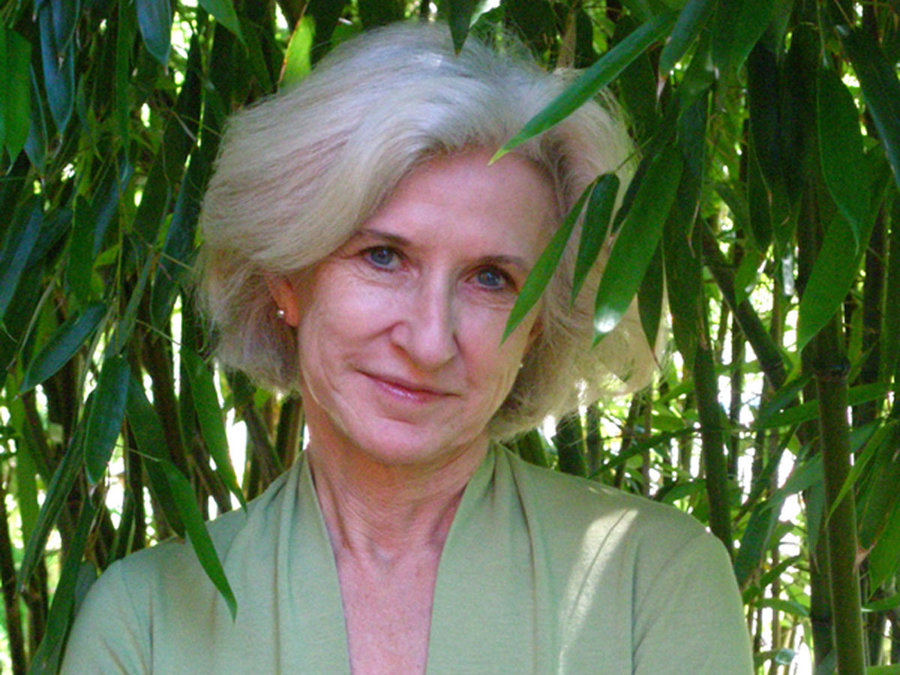 by Jill Magi
by Jill Magi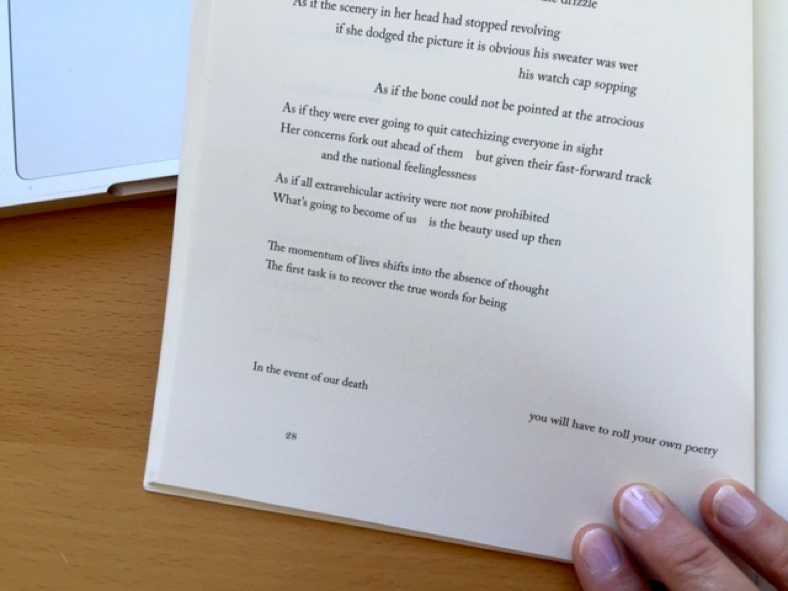
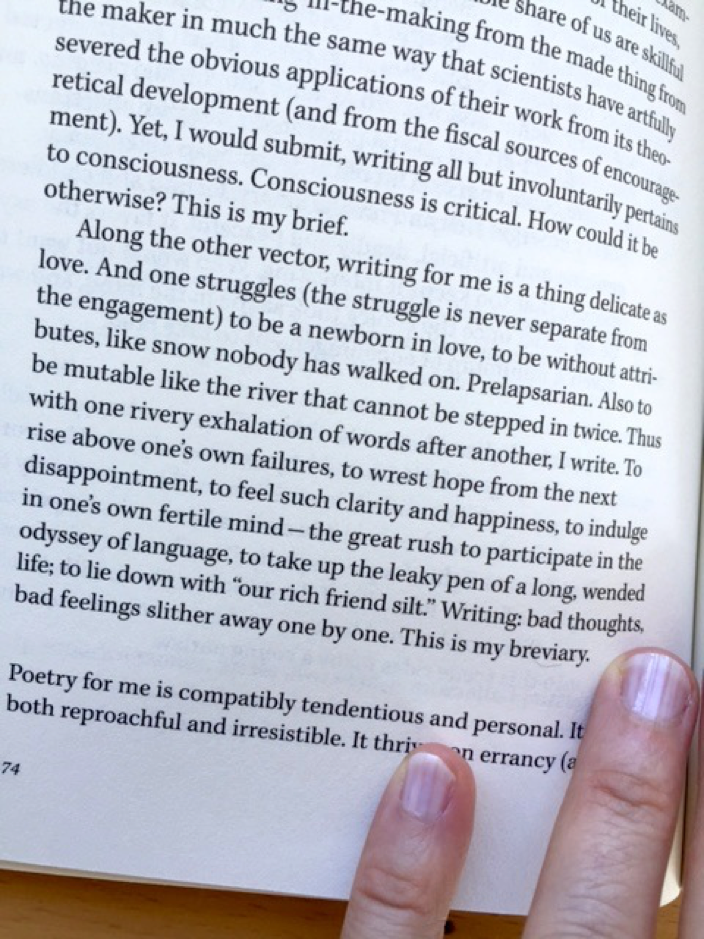
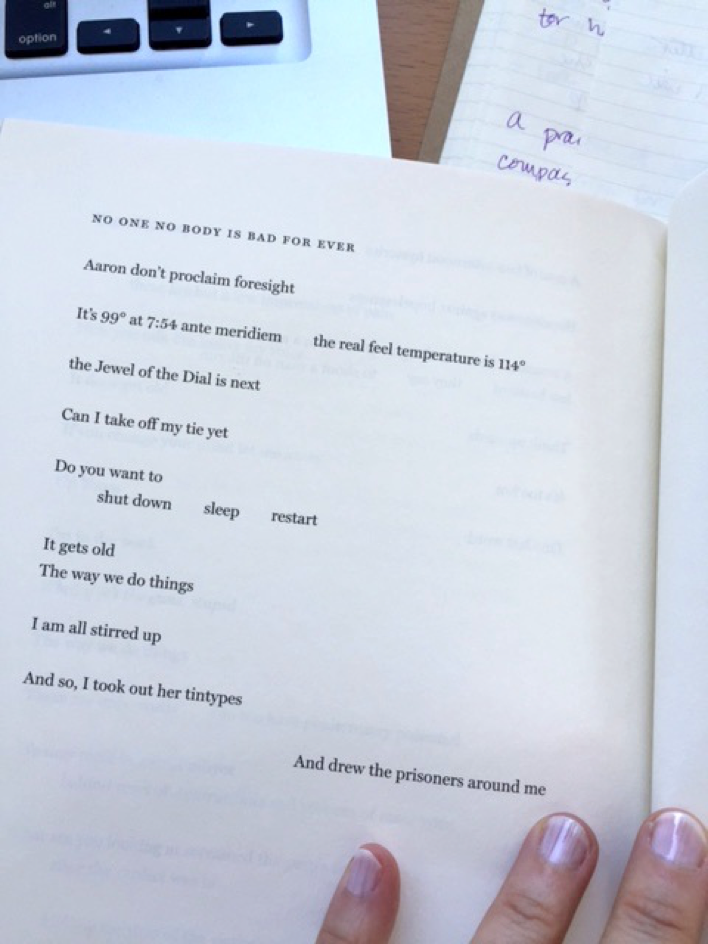
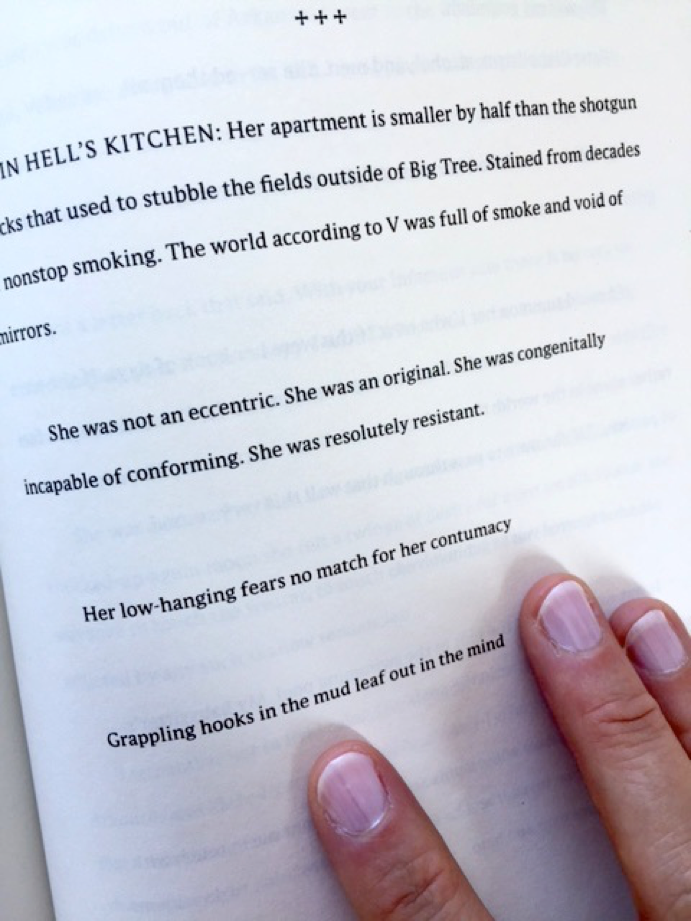
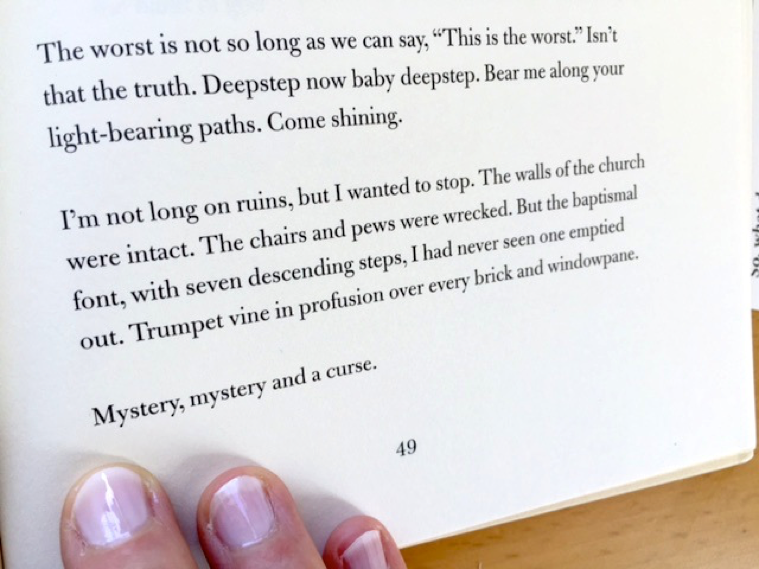
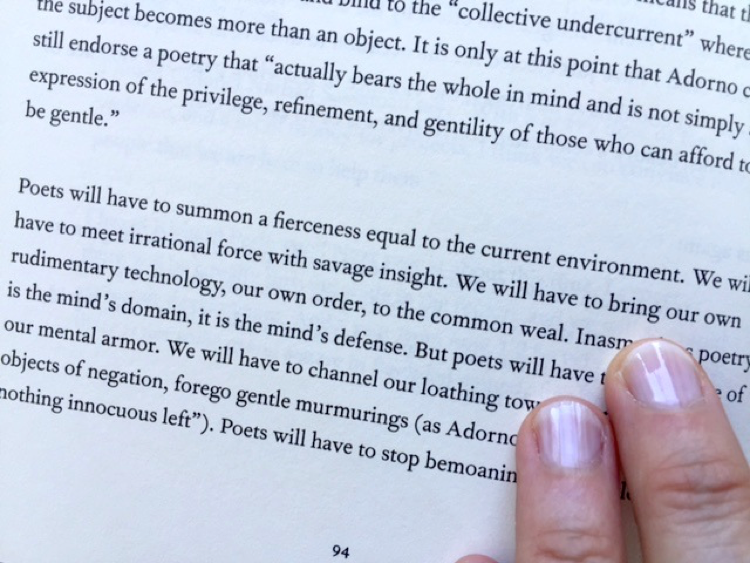
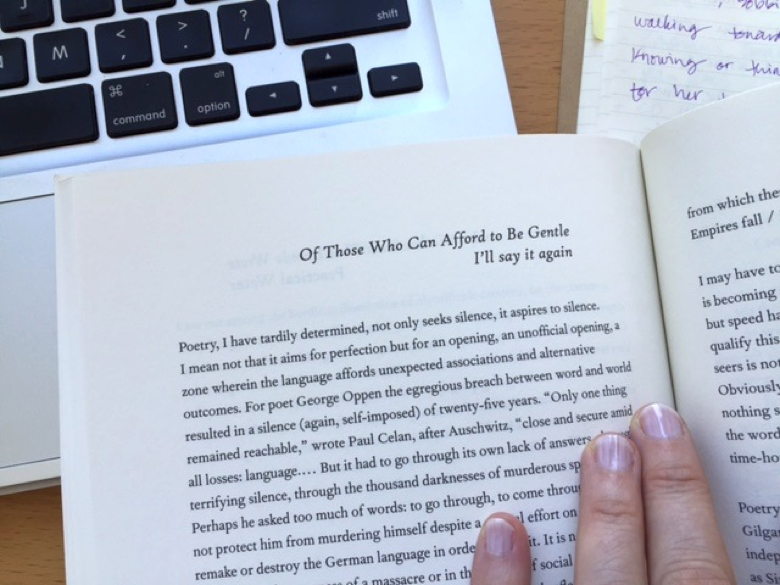

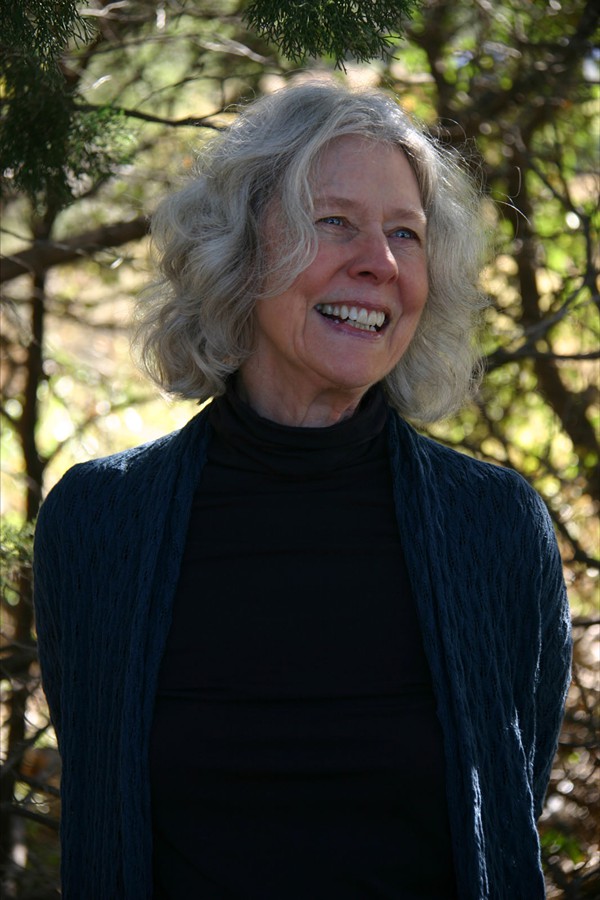
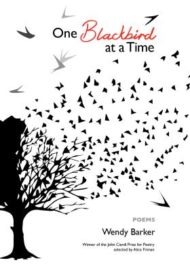
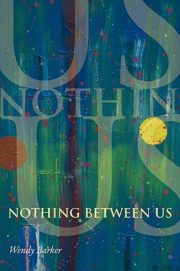
 Tana Jean Welch
Tana Jean Welch James Brubaker
James Brubaker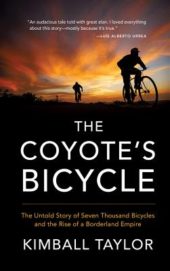
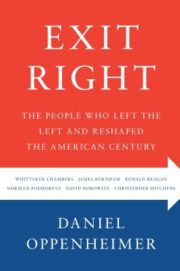
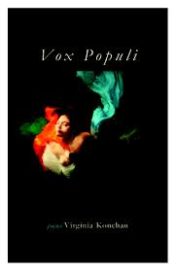 Virginia Konchan
Virginia Konchan by Maria Damon and Murat Nemet-Nejat
by Maria Damon and Murat Nemet-Nejat

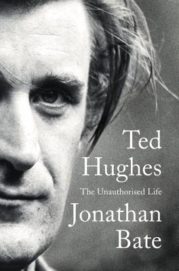
 Pattie McCarthy
Pattie McCarthy